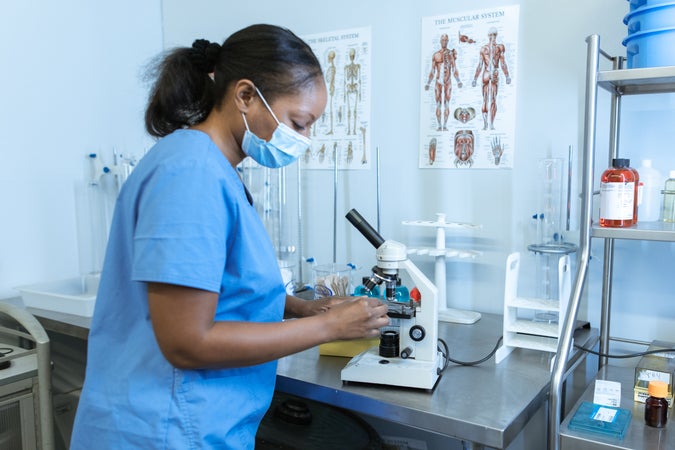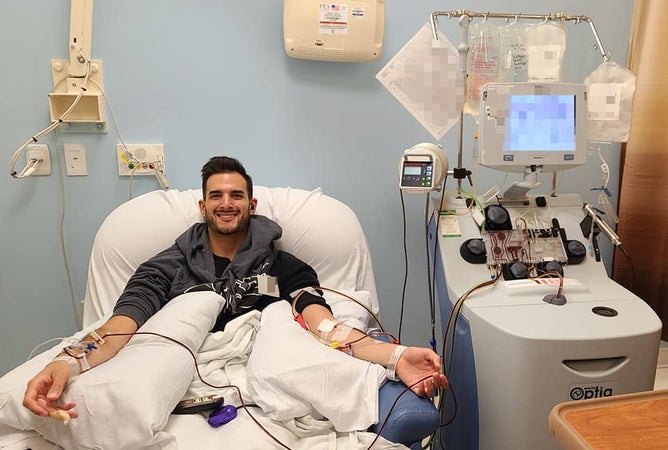Peripheral blood stem cell collection
The most common method of stem cell removal is peripheral stem cell collection, which is used in around 80 percent of cases. Here, stem cells are obtained from the blood by a special procedure called apheresis.
Your blood is drawn from one arm and passed through the apheresis machine that filters out the blood stem cells and returns the blood back into your body through the other arm. To increase the amount of stem cells in your blood flow at the time of donation, you will receive a 5-day course of a synthetic protein called filgrastim. Filgrastim signals your bone marrow to release more than average amounts of stem cells into your bloodstream.
Peripheral stem cell donation usually takes between four and six hours. Occasionally donors are asked to come back for a second day to complete the donation.






